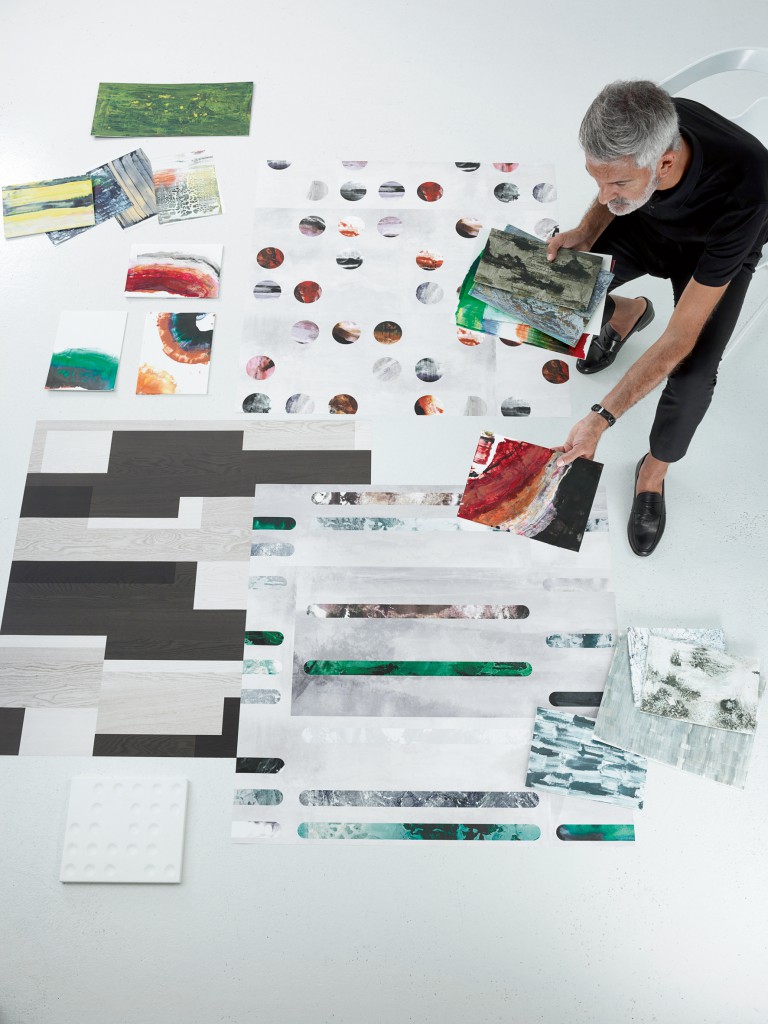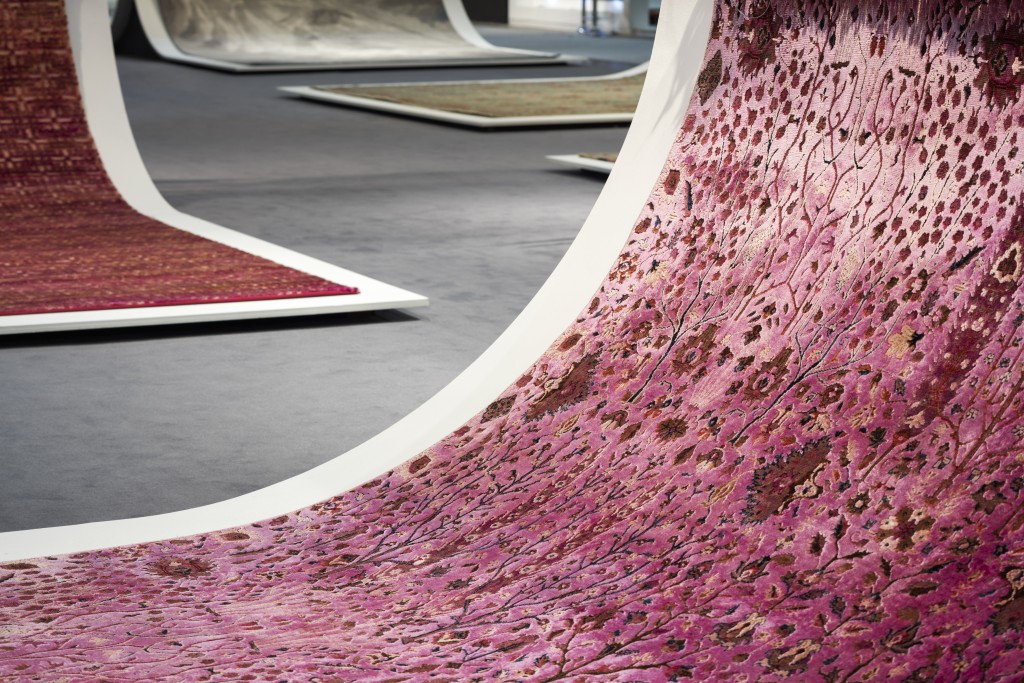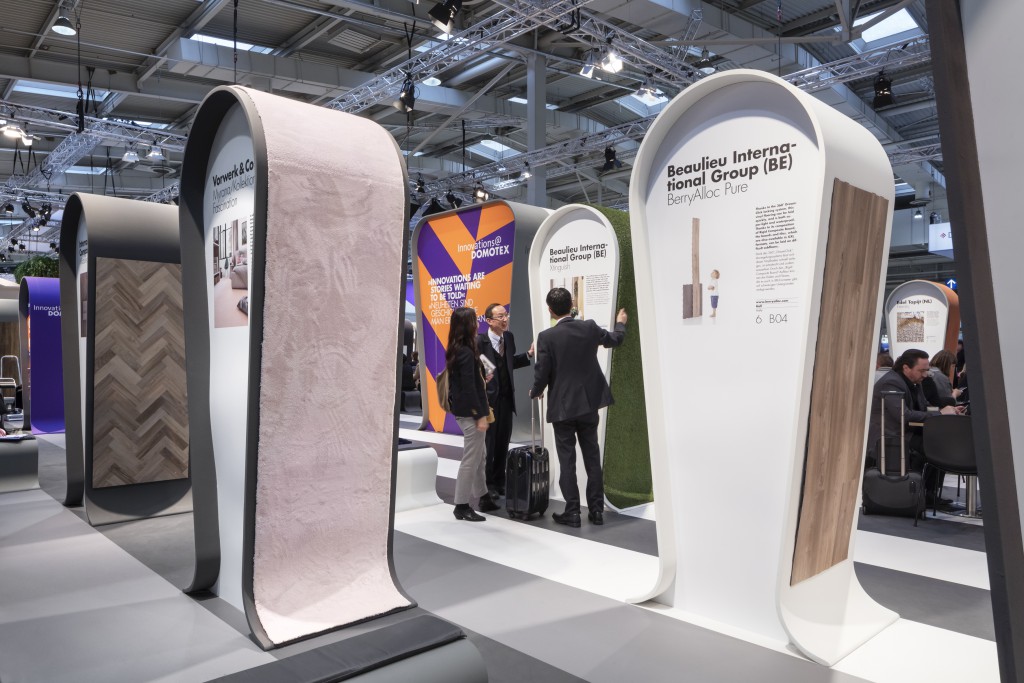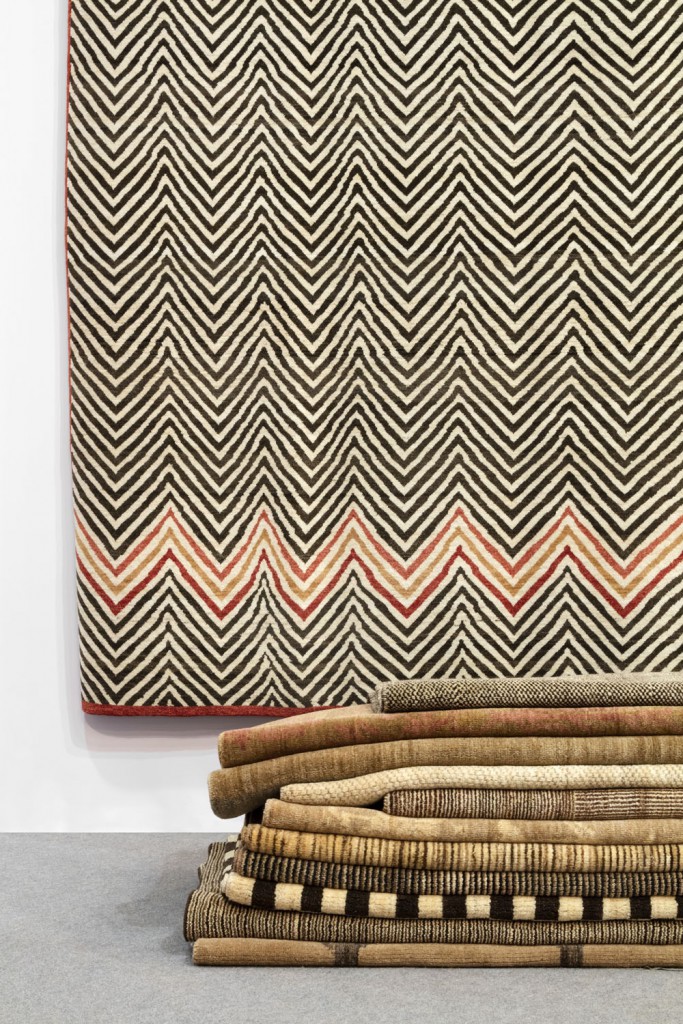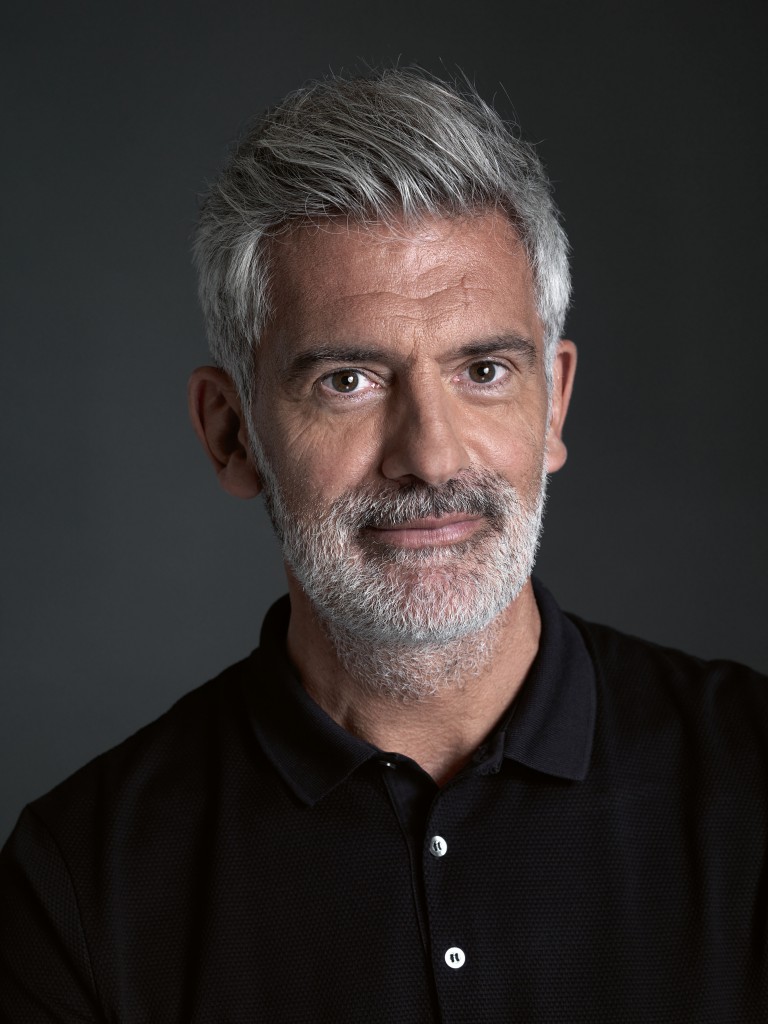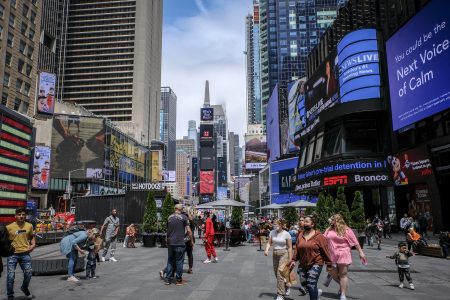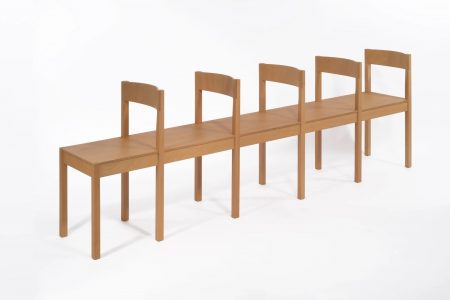Alfredo Häberli at Domotex
Domotex, the world’s leading trade fair for carpets and floor coverings, opens in the new year on 14 January in Hanover, Germany. This year’s special guest, Alfredo Häberli, takes a sensitive, straightforward approach to his work, constantly striving for a truly elegant twist. The art of floor coverings is not really about using techniques. It’s about the craft of carpeting a room, mixing together different media and sensory experiences to produce new textures, prints and patterns that enhance our quality of life. TLmag spoke with the designer in preparation for the upcoming fair.
TLmag: You have been chosen as the guest of honour by the world’s leading trade fair for carpets and floor coverings, DOMOTEX. The fair is scheduled for mid-January 2017 in Hanover. What will be your role there?
Alfredo Häberli: One of our first experiences as babies or young children is exploring the new world through touch, taste, smell, sound and sight. The feeling of our feet on different kinds of floors is an essential experience, whether we are walking on the beach, the grass, pebbles, carpeting or a wooden surface. As we grow older, we lose touch with those sensations.
TLmag: As a designer, your area of expertise is textiles broadly writ. That includes fabric, carpets and flooring. How do you perceive the evolution of textiles toward a marriage between technical and aesthetic considerations?
A.H.: You could craft an intelligent floor by using your footsteps to generate energy. You could integrate lighting or mechanisms to tally the number of pedestrians. There is also a clear movement toward very natural flooring – no lacquers, just natural, soft, oiled wooden floors. Likewise, there’s an interest in carpeting that uses wool, silk and other materials that are as natural as possible. There is room for every trend. I personally prefer simple things.
TLmag: Weaving, knitting, embroidery, lacework and embossing are the traditional, historical forms of European textile design. They are our specialities. As a designer, how do you bring these processes to another level and implement your vision?
A.H.: It depends on the company I am working for. Is it for a home or a public facility? Is the company large or small? Are they oriented toward industrial products or handicrafts? Floors should always be calming to a certain degree. I don’t want to walk on a floor with crazy optical designs. You always have to think about what it will look like, both from far away and close up. There is a mobile view of the floor and a static view. In autumn, the different leaves on the forest floor forms irregular patterns. Yet the pattern is still homogeneous. A field of grass appears monochrome from afar but when you get close to it, the pattern is very lively. I like for my floor patterns to appear irregular on second glance. To answer your question, I love working with people who know the métier and challenge themselves to twist details in a new way.
TLmag: When you are creating bespoke designs for private or contract clients such as Kvadrat, Parador, Camper, or 25hours Hotel Zurich West, how do you incorporate your sense of materials and scale through the use of textiles, rugs and flooring?
A.H.: First, I imagine the overall atmosphere of the finished room. Then, I ask myself what feeling I want to create, what emotion.
TLmag: Nowadays, do emotions have a greater impact than ideas, especially when it comes to carpeting? When you introduce new kinds of rugs and flooring, how do they influence our daily lives? How do they relate to considerations such as comfort, the tactile experience, versatility and customisation?
A.H.: Emotions and wellbeing are always important. They are key to my concepts. Yet not everyone can deal with them or work with them. By everyone, I don’t mean designers. I mean people in general.
Save the date for Häberli’s keynote speech at the Innovations@DOMOTEX Dialogues in Hall 6 on 14 January 2017. The designer will outline some of the elements of effective design and will discuss the ideas and inspiration that make his work fresh, surprising and original.
